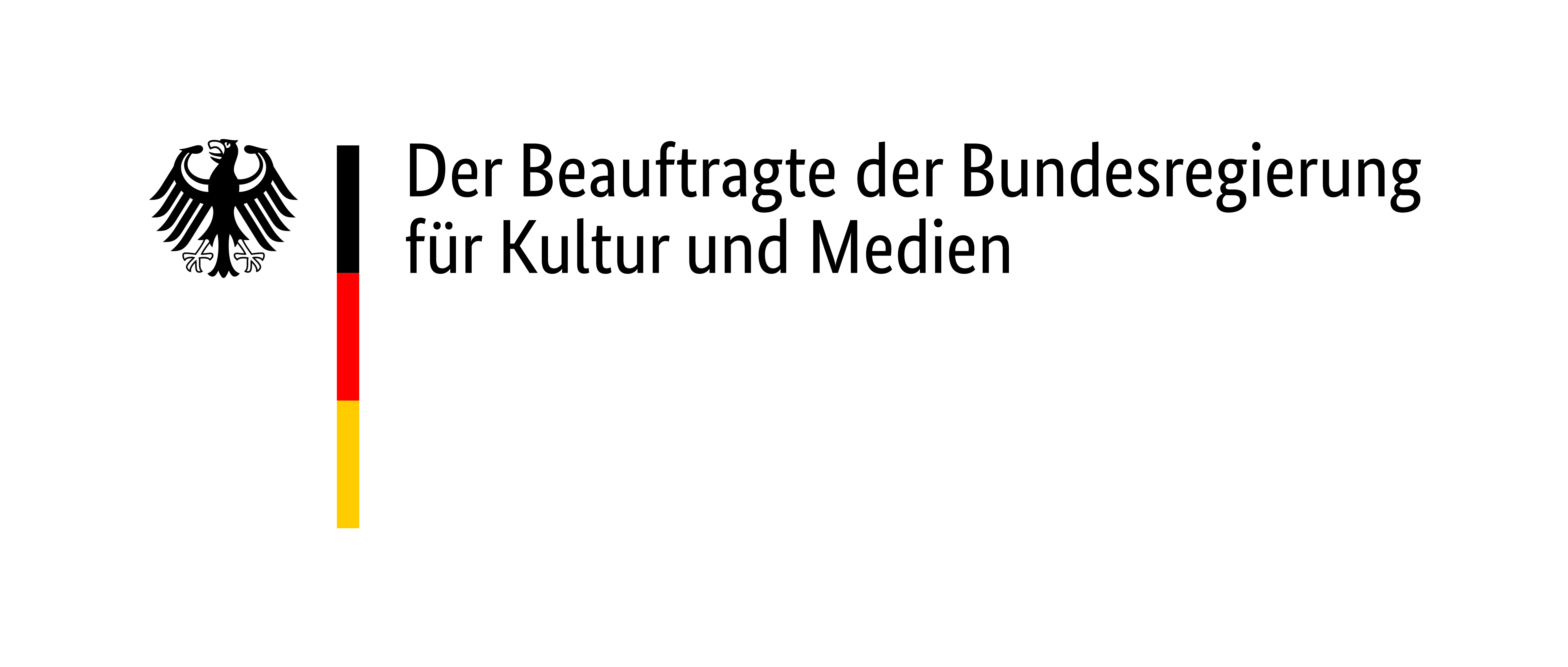
©The Regents of the University of California, The Bancroft Library, University of California, Berkeley. This work is made available under a Creative Commons Attribution 4.0 license.
The American journalist Percy Knauth describes the immediate medical measures taken after liberation:
“They lay there quietly, their dark eyes fixed on the ceiling as the soothing heat went into them; what they were thinking God only knows. […] After their baths the prisoners were taken to wards fixed up in the SS sleeping and living quarters. Each man had a cot or a wooden bunk with a mattress, and a warm GI blanket. […] The problem was by no means solved by baths and beds, however. These men had to be fed, and feeding them was a delicate job. Some could take no nourishment whatsoever because their digestive organs could not hold it. Some died at the first swallow. Some had to be injected with nourishment.”
Percy Knauth, Germany in Defeat, New York 1946.

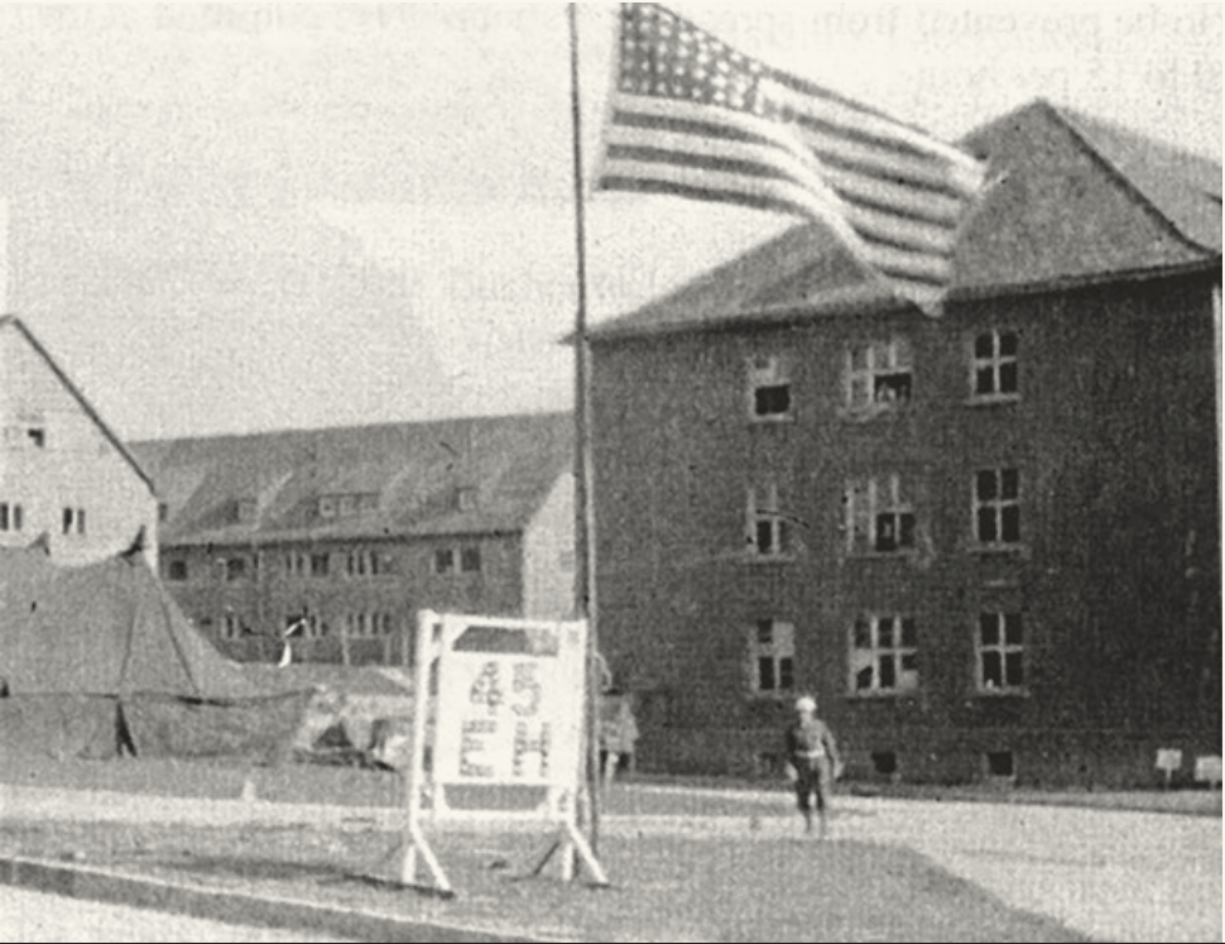

©ACME Newspictures

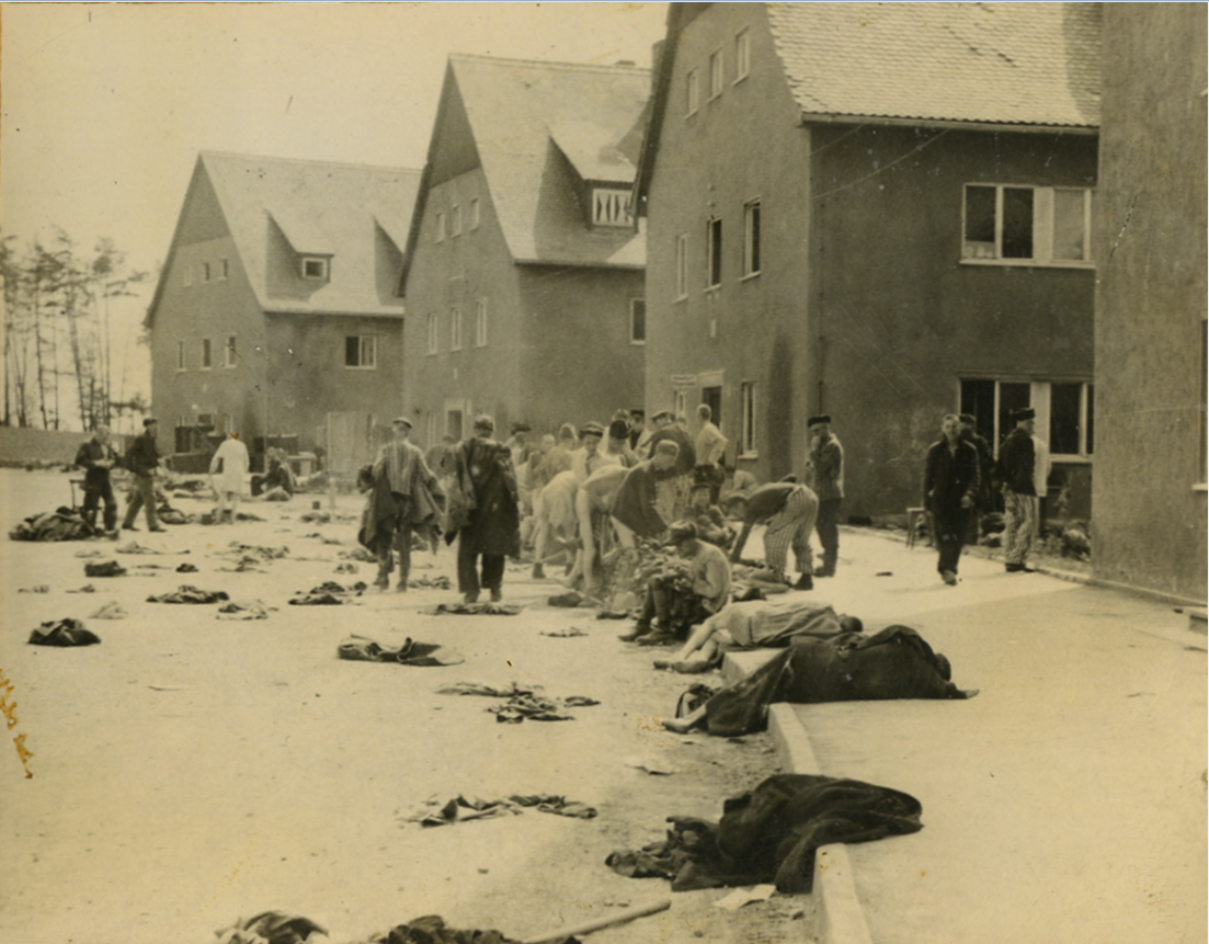
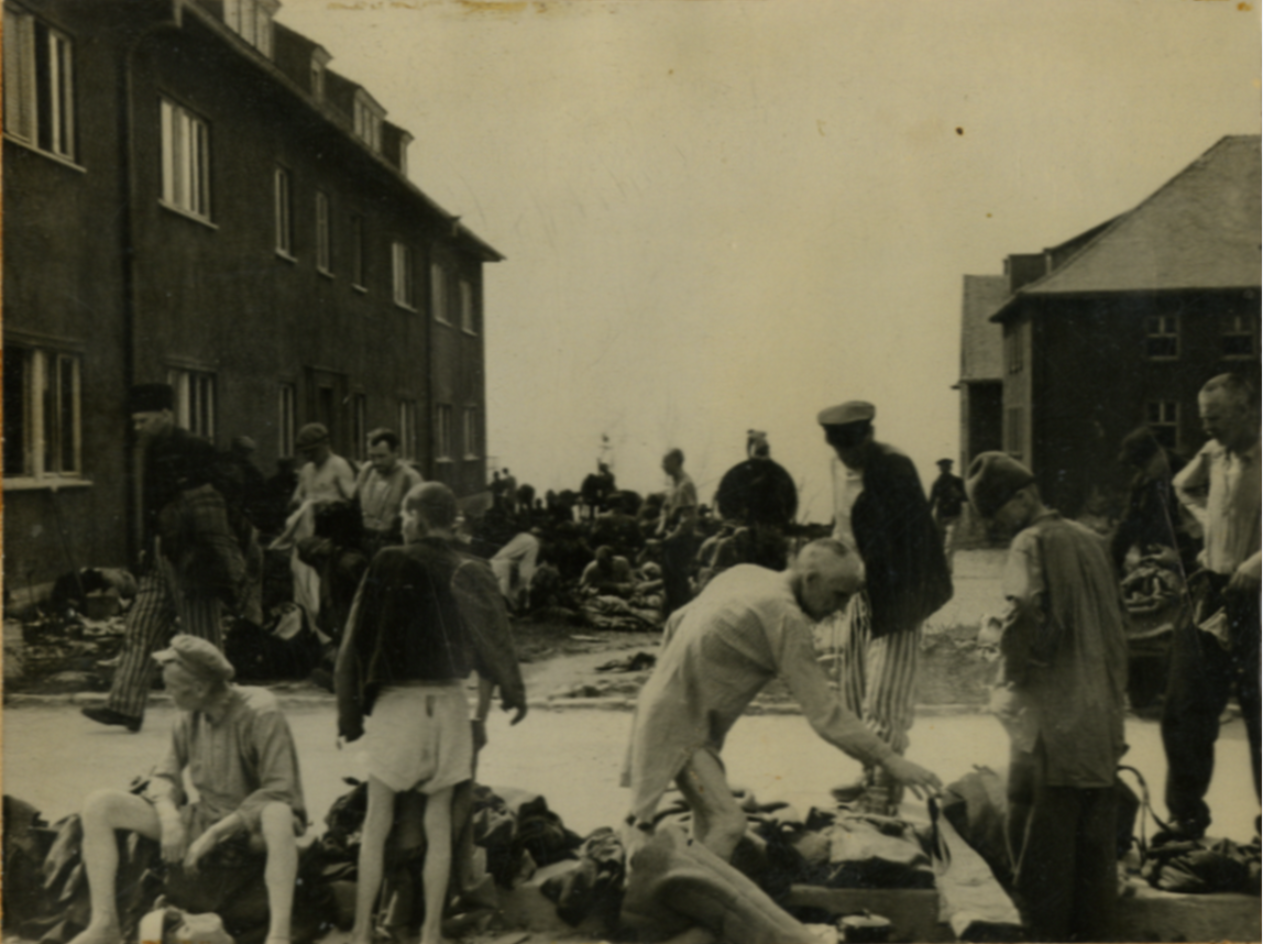
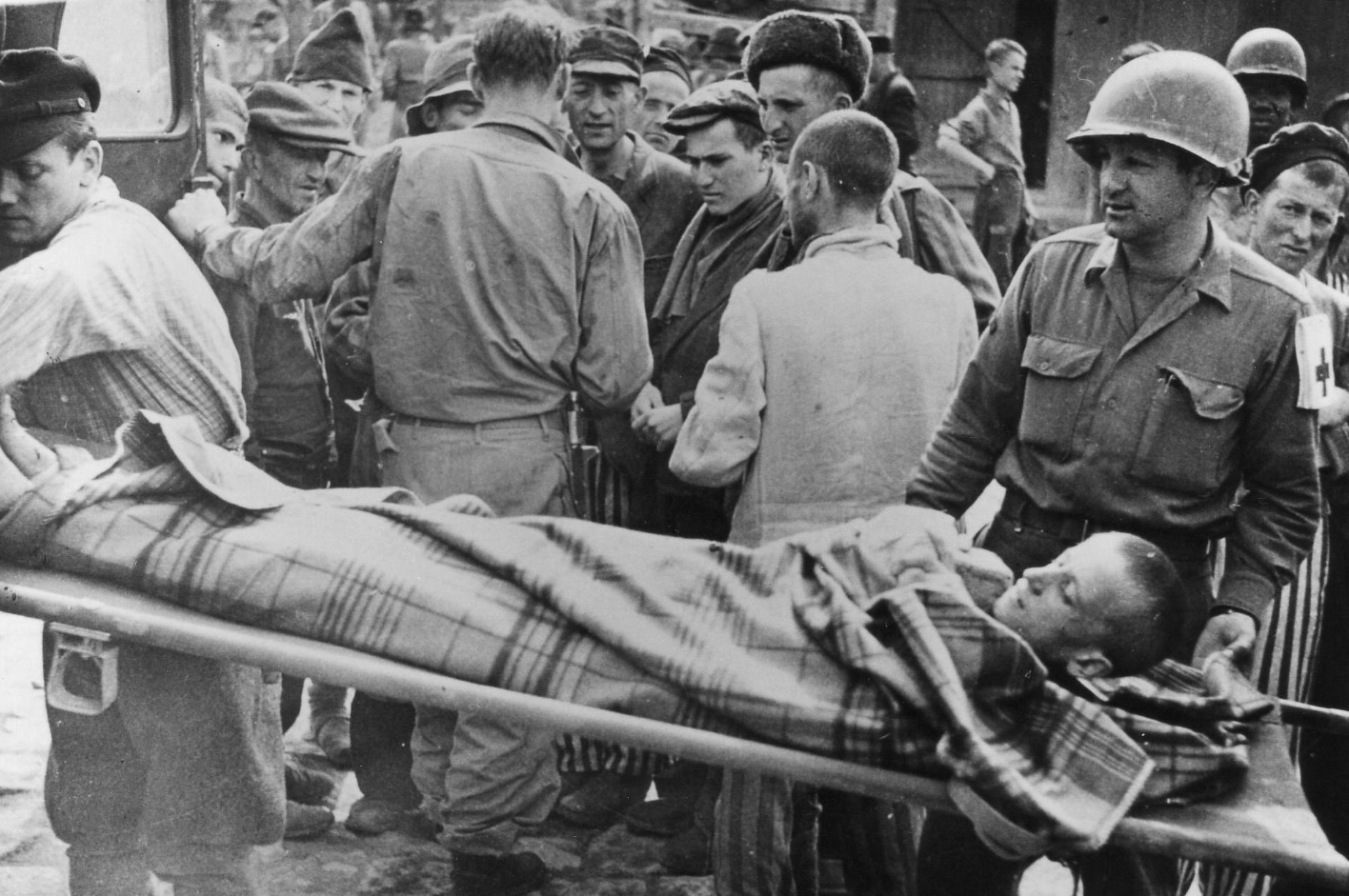
Among the liberated were thousands of critically ill and emaciated men and boys. Saving them was a matter of priority in the days and weeks after liberation. The military doctors and paramedics of the 120th and 45th Evacuation Hospitals of the U.S. Army were primarily responsible for providing urgent medical care. They worked side by side with survivors who were also trained doctors and nurses. The SS hospital, as well as a few SS guard barracks, served as improvised emergency hospitals. Most of the survivors housed there came from the Little Camp.
